It's Friday, and as you sip your well-deserved end-of-week coffee, take a moment to celebrate the bytes and breakthroughs of a productive week. Today’s newsletter takes a page out of a seasoned developer's playbook—think of it as a greatest hits album for .NET enthusiasts. Packed with insights that have been brewing all week, it’s your roadmap to weekend wisdom. So, before you transition from coding to couch time, scroll through to recharge your .NET knowledge bank.
Today's Articles
| The Easiest Way to Replace MediatR! | | https://medium.com/@paveluzunov/the-easiest-way-to-replace-mediatr-cb6a0fa07ded?source=rss------csharp-5 Replace MediatR with your own CQRS-based mediator in .NET — clean, lightweight, no dependencies, full control. | |  | | |
| A custom 404 page in Blazor Web Apps | | https://steven-giesel.com/blogPost/38a4f1dc-420f-4489-9179-77371a79b9a9 Sometimes you want to have a custom 404 page - and since .NET 8 and "Blazor WebApps" the <NotFound> tag of the Router doesn't work anymore, so let's create a custom page for that. | |  | | |
| Primary Constructors in C# 12 | | https://www.c-sharpcorner.com/article/primary-constructors-in-c-sharp-12/ Primary constructors in C# 12 simplify class and struct initialization by allowing parameters to be declared directly in the class signature. This new feature reduces boilerplate code, making object c... | | 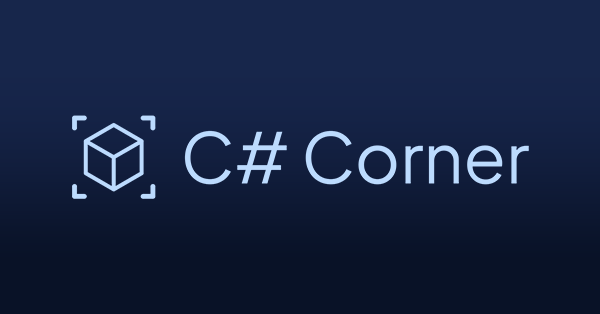 | | |
| Five biggest performance issues in C# | | https://medium.com/@CodeCrack/five-biggest-performance-issues-in-c-622e11910610 C# and .NET Framework are currently one of the most popular technology stacks in the world. Developers are interested in this language for… Continue reading on .Net Programming » | | 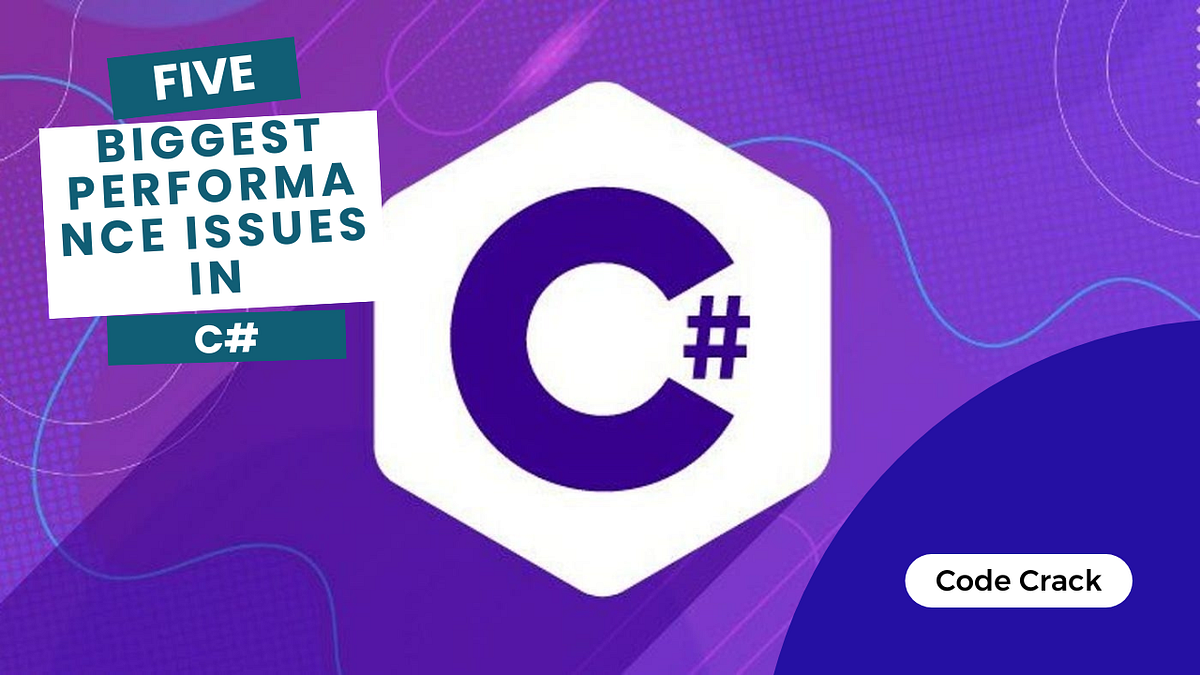 | | |
| The Evolution of .NET: A Journey from .NET Framework to .NET Core to Modern .NET | | https://medium.com/@mahendra.gurav/the-evolution-of-net-a-journey-from-net-framework-to-net-core-to-modern-net-efcace49c6c0 The journey started with the .NET Framework, a powerful but Windows-specific platform. The need for cross-platform support and a more… | |  | | |
| Decorator Pattern — C# | | https://medium.com/@martinstm/decorator-pattern-c-cbf4b7ccf474 This is a structural design pattern used to dynamically add behavior to objects without modifying their original code. | | 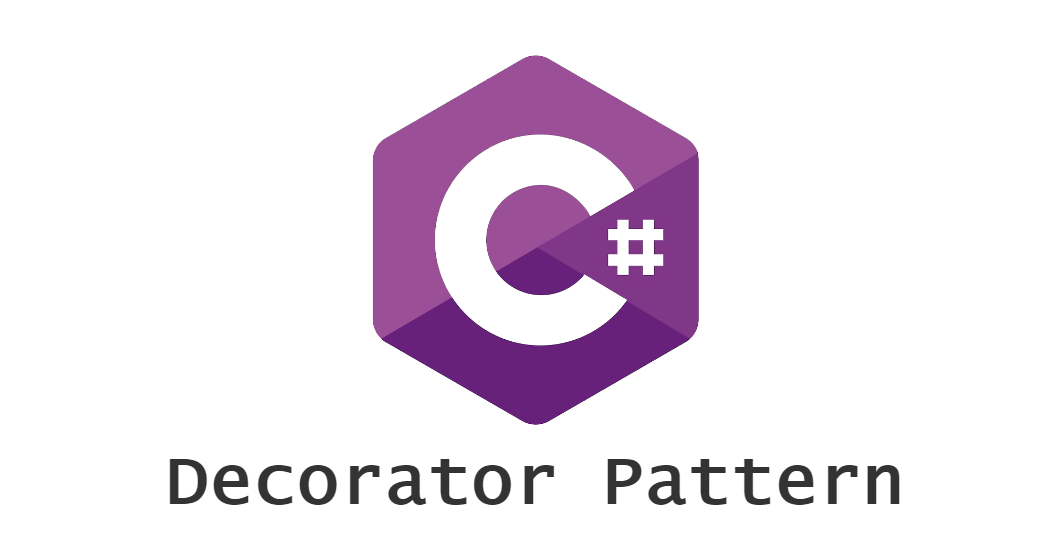 | | |
| Domain Layer Navigation Properties in .NET C#: Best Practices | | https://medium.com/@20011002nimeth/domain-layer-navigation-properties-in-net-c-best-practices-1d9c9c24684d In Domain-Driven Design (DDD), the domain layer is the heart of your application, containing business logic and entities that model… | | 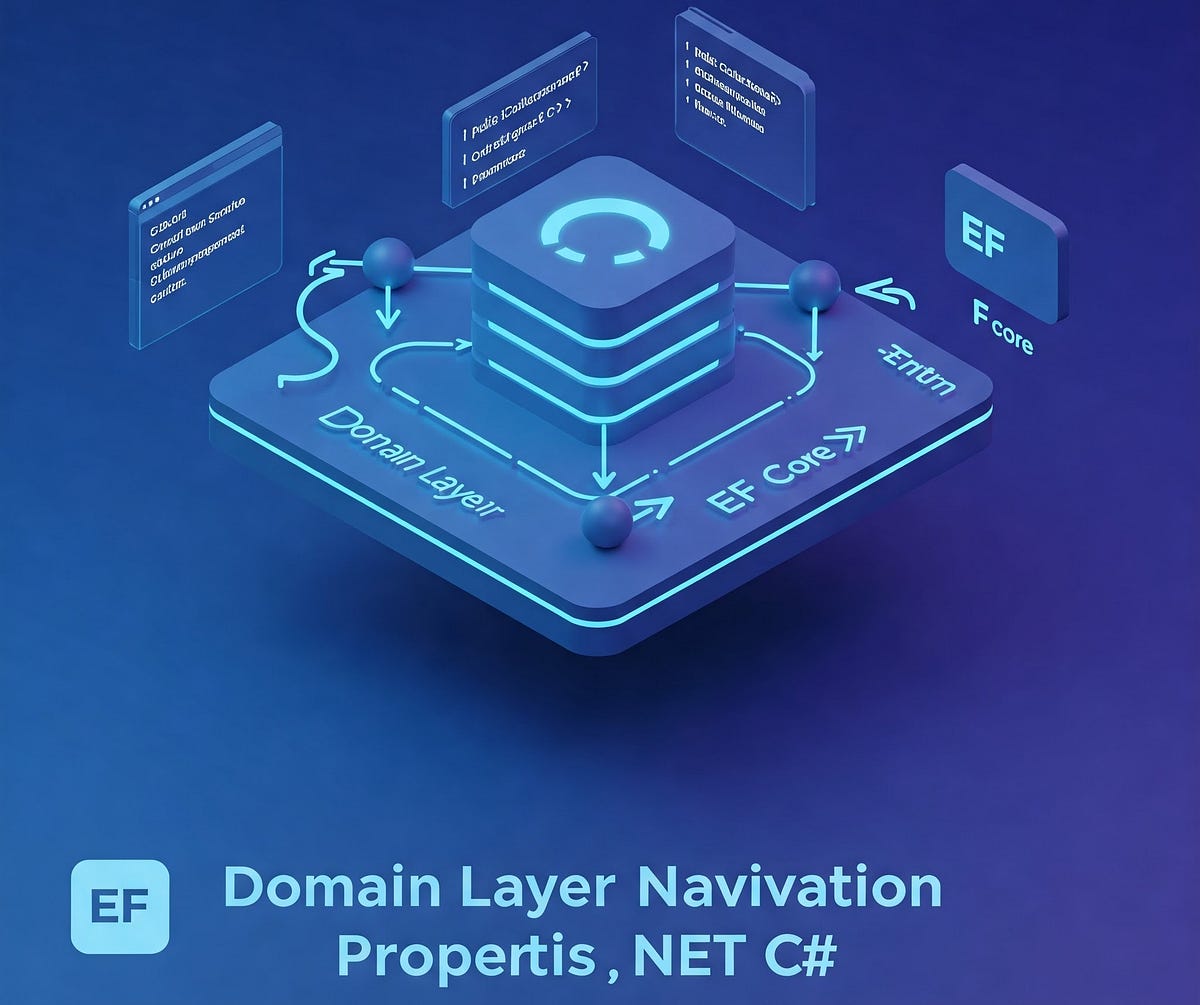 | | |
| Why Custom Software Development Is the Key to Business Growth in 2025 | | https://www.c-sharpcorner.com/article/why-custom-software-development-is-the-key-to-business-growth-in-20252/ Custom software development empowers businesses in 2025 to boost efficiency, enhance security, personalize experiences, and future-proof operations through scalable, integrated, and AI-ready solutions... | |  | | |
| Blazor Deep Dive: C# in the Browser & Beyond — Is It Right for You? | | https://medium.com/@20011002nimeth/blazor-deep-dive-c-in-the-browser-beyond-is-it-right-for-you-b34b2ede2683 In a world dominated by JavaScript frameworks like React, Angular, and Vue.js, Microsoft’s Blazor stands out as a bold and refreshing take… | | 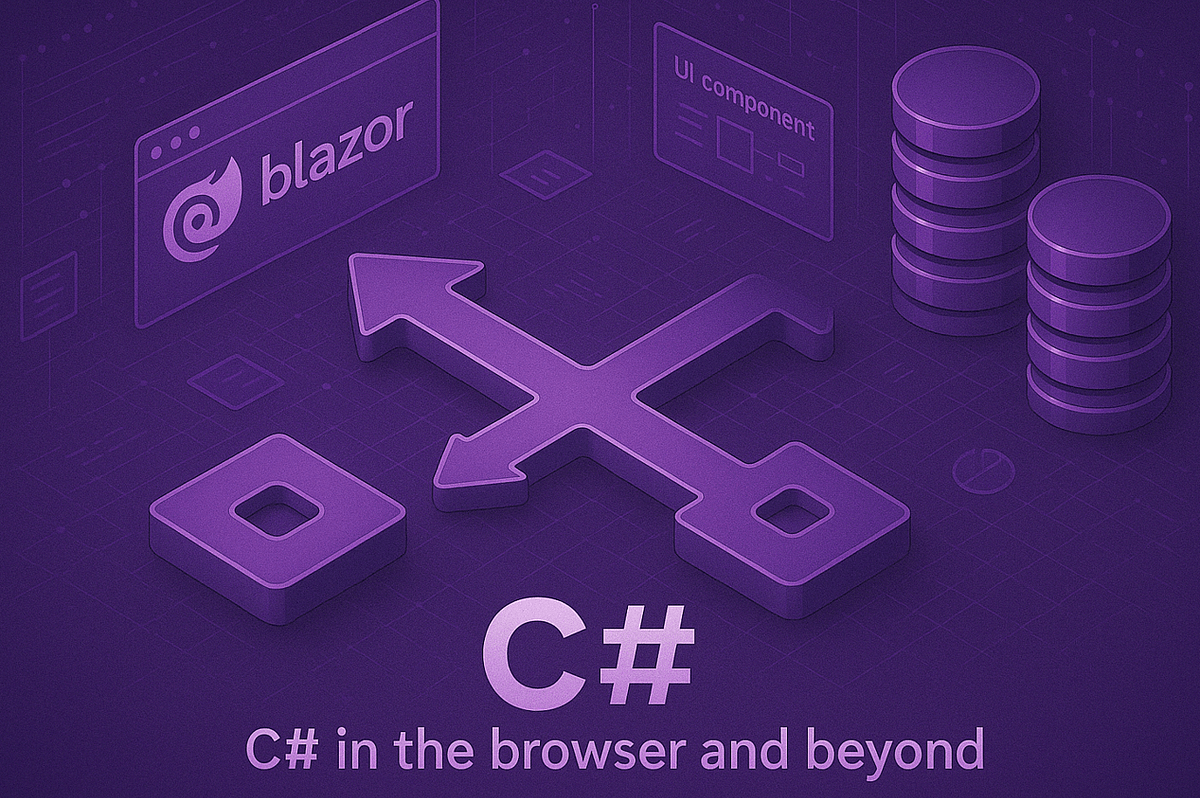 | | |
| RAG on Video using Azure AI Content Understanding | | https://www.youtube.com/watch?v=fafneWnT2kw Joe shows how this can be achieved using a single Azure AI Content Understanding API in Azure AI Foundry. Content Understanding documentation, https://aka.ms/cu-docs | |  | | |
| 10 Reasons Your .NET App Is Still at Risk in 2025 — How to Secure It | | https://itnext.io/10-reasons-your-net-app-is-still-at-risk-in-2025-how-to-secure-it-efbaa229589d A developer-friendly guide with code examples, libraries, and secure configuration tips Continue reading on ITNEXT » | |  | | |
| Using older .NET Frameworks with Visual Studio 2022 | | https://medium.com/@jonschdev/using-older-net-frameworks-with-visual-studio-2022-2ef4e77a7a81 Why would you want to? You wouldn’t…normally, but tech debt is not uncommon, that’s just the reality. I’m sure there’s other scenarios as… | | 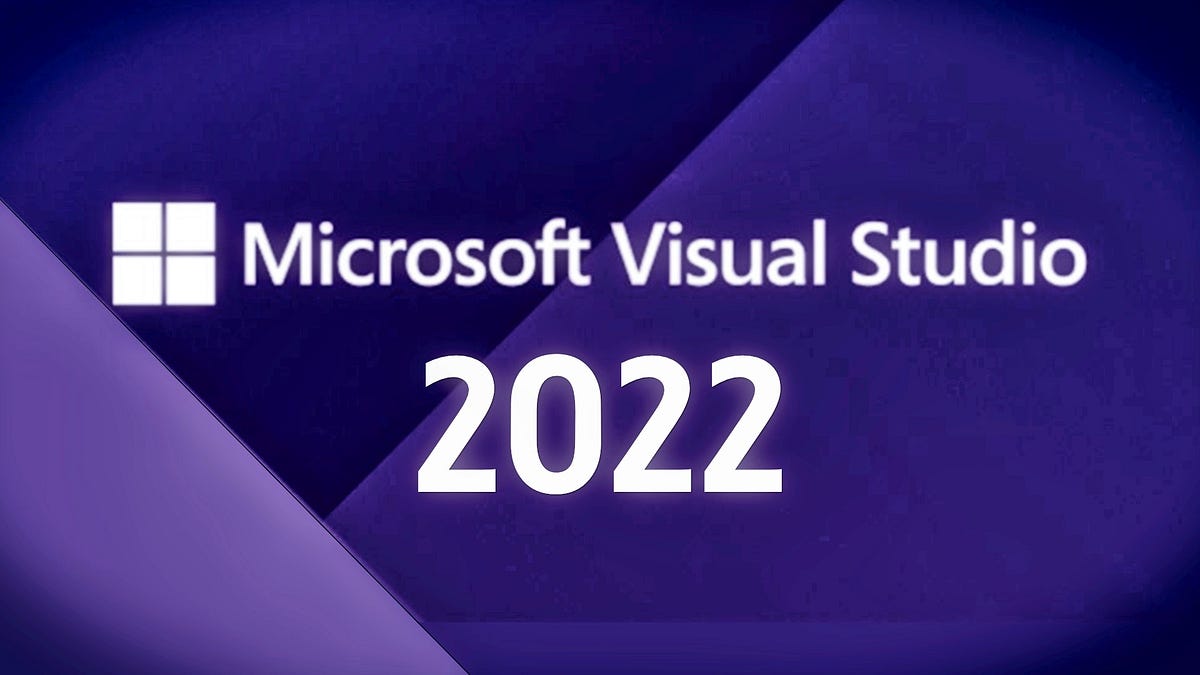 | | |
| 🔴 VS Code Live: Coding with Gemini in GitHub Copilot | | https://www.youtube.com/watch?v=anVJ3tktOh4 | |  | | |
| Demystifying Records in C#: Immutable Design for Modern Applications | | https://www.c-sharpcorner.com/article/demystifying-records-in-c-sharp-immutable-design-for-modern-applications/ Unlock the power of C# Records! Learn how immutable design simplifies modern application development, boosts code safety, and enhances performance. | |  | | |
| What is Razor Syntax? | | https://medium.com/@chikeredev/what-is-razor-syntax-421e4cb442d9?source=rss------csharp-5 At first, the name razor syntax can sound off-putting, but it is not a hard concept to understand. | |  | | |
| Announcing the GPT-4.1 model series for Azure AI Foundry and GitHub developers | | https://azure.microsoft.com/en-us/blog/announcing-the-gpt-4-1-model-series-for-azure-ai-foundry-developers/ We are excited to share the launch of the next generation of the GPT-4o model series with GPT-4.1, 4.1-mini, and 4.1-nano to Microsoft Azure OpenAI Service. The post Announcing the GPT-4.1 model seri... | |  | | |
| .NET 9 Just Changed the Game — Are You Ready to Build Faster? | | https://medium.com/turbo-net/net-9-just-changed-the-game-are-you-ready-to-build-faster-f9f0bb19a5bd A practical performance guide for .NET developers looking to go beyond the basics. Continue reading on Turbo .NET » | |  | | |
| If LLMs Can Code, Why Are We Building More IDEs? | | https://www.poppastring.com/blog/if-llms-can-code-why-are-we-building-more-ides One of the biggest debates in software development today is whether large language models (LLMs) will eventually make coding obsolete. With AI-assisted tools generating functional code snippets, debug... | |  | | |
| The Hidden Cost of else in .NET (And How to Write Code Like the Pros) | | https://medium.com/@metoz.florian/the-hidden-cost-of-else-in-net-and-how-to-write-code-like-the-pros-9c1c34b1b48b As a senior software engineer passionate about code quality and maintainability, I’ve seen how the humble else can quietly undermine even… | | 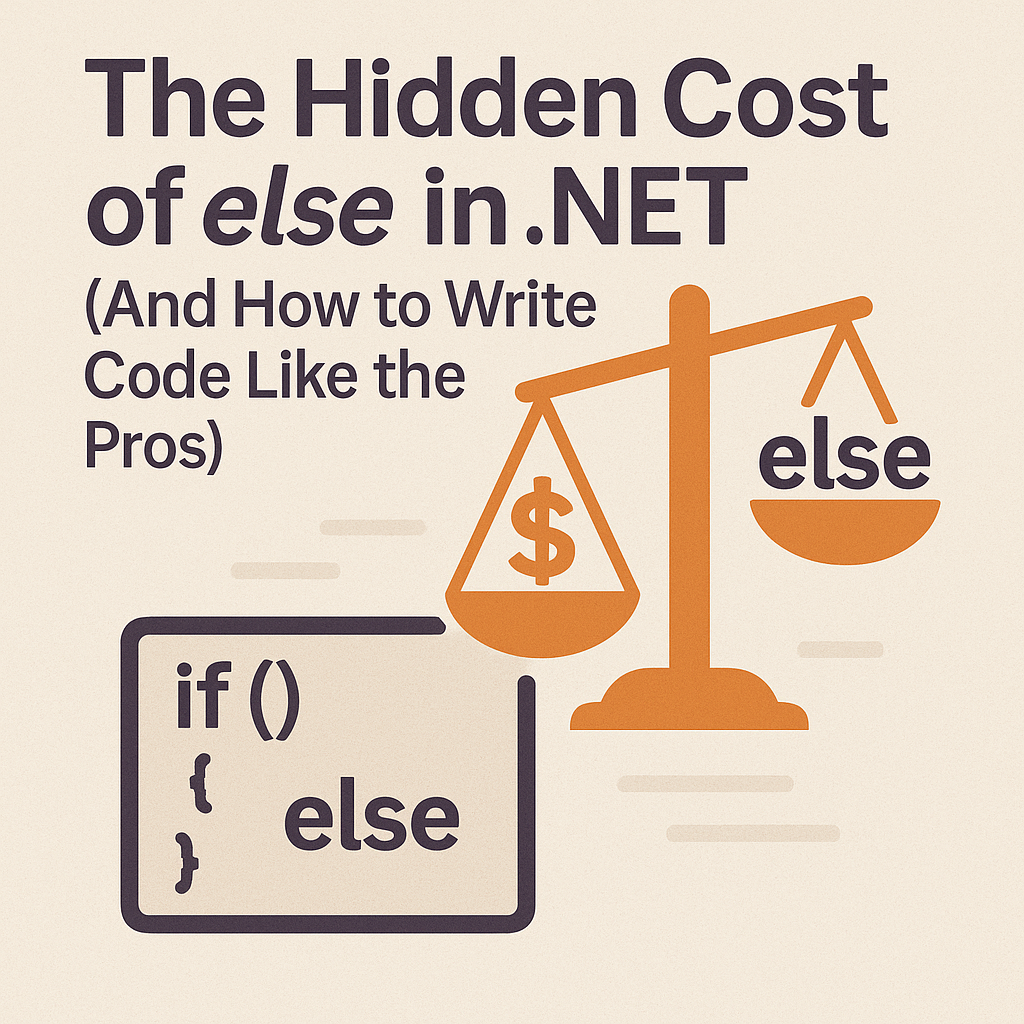 | | |
| Entity Framework Core - Deep Performance Optimization Guide | | https://www.c-sharpcorner.com/article/entity-framework-core-deep-performance-optimization-guide/ Optimize your Entity Framework Core apps with proven performance tips: use AsNoTracking, prevent N+1 issues, project only needed fields, leverage caching, compiled queries, and bulk operations for fas... | |  | | |
| Exploring C# 14: New Features and Enhancements | | https://www.c-sharpcorner.com/blogs/exploring-c-sharp-14-new-features-and-enhancements Explore the latest features and enhancements in C# 14. From improved syntax to powerful new tools, discover what’s new in the 2025 update of Microsoft’s popular programming language. Perfect for devel... | |  | | |
| .NET 10 Preview 3 - C# 14 Extension Properties & Null-Conditional Assignment | | https://www.youtube.com/watch?v=yCKX5dFbN04 | | 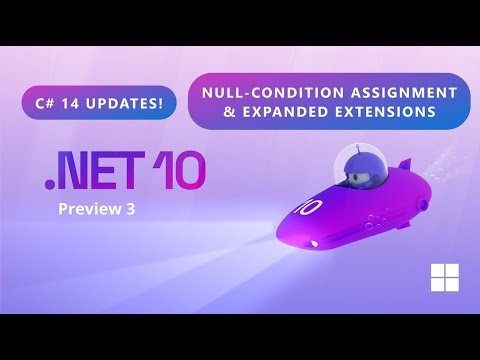 | | |

















